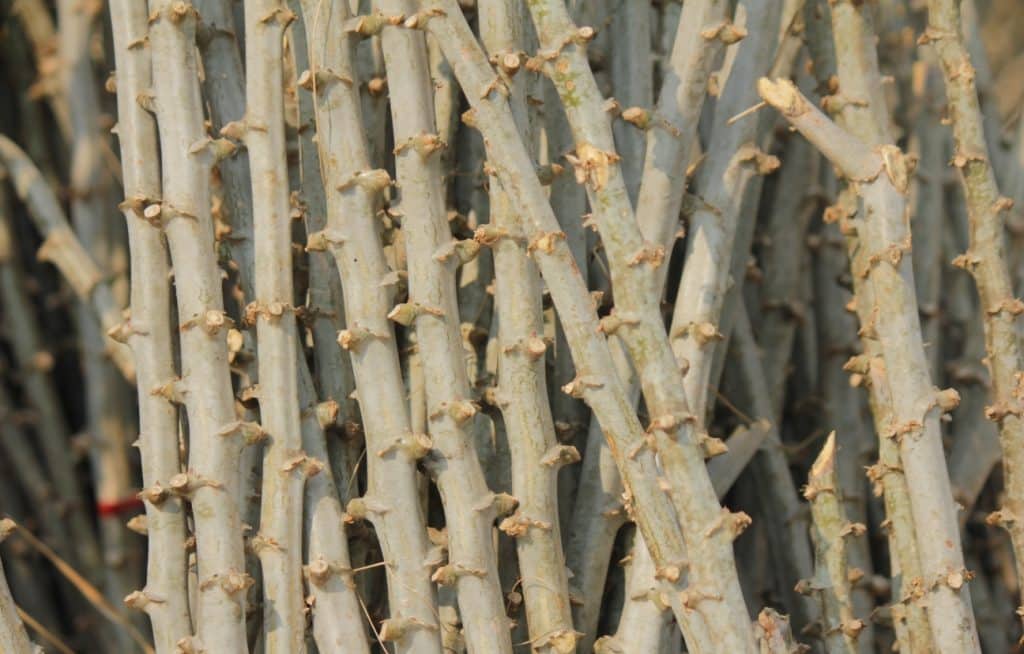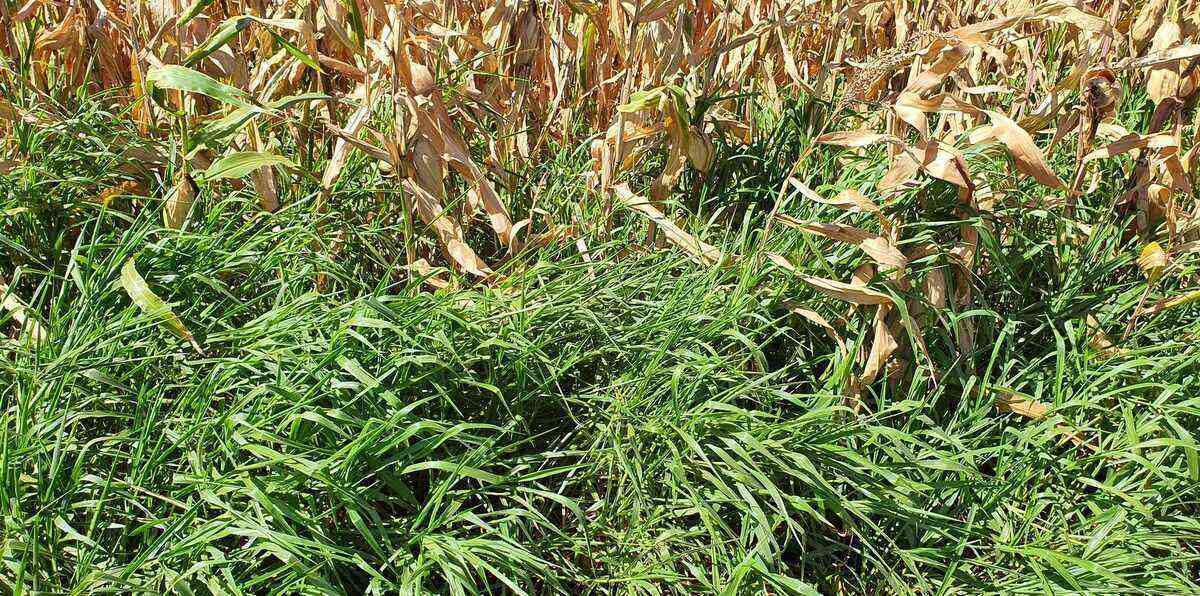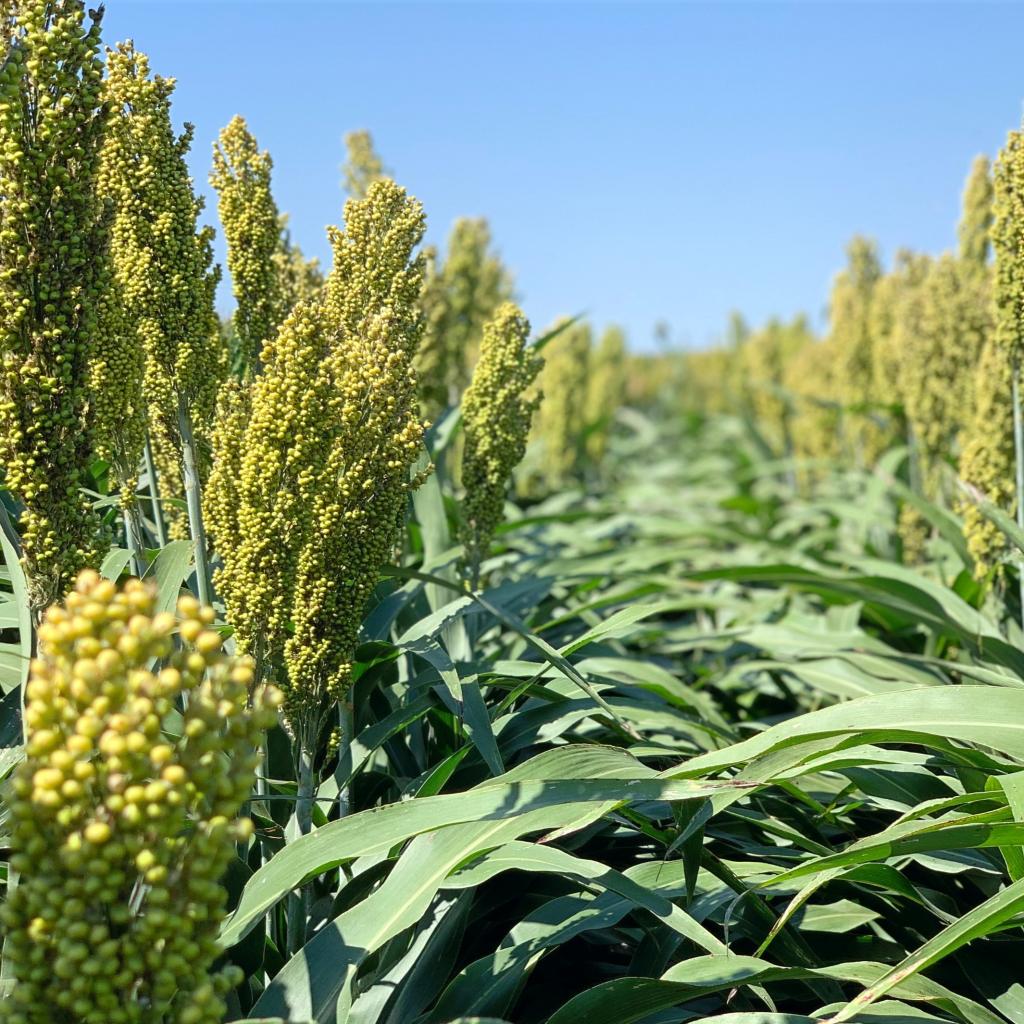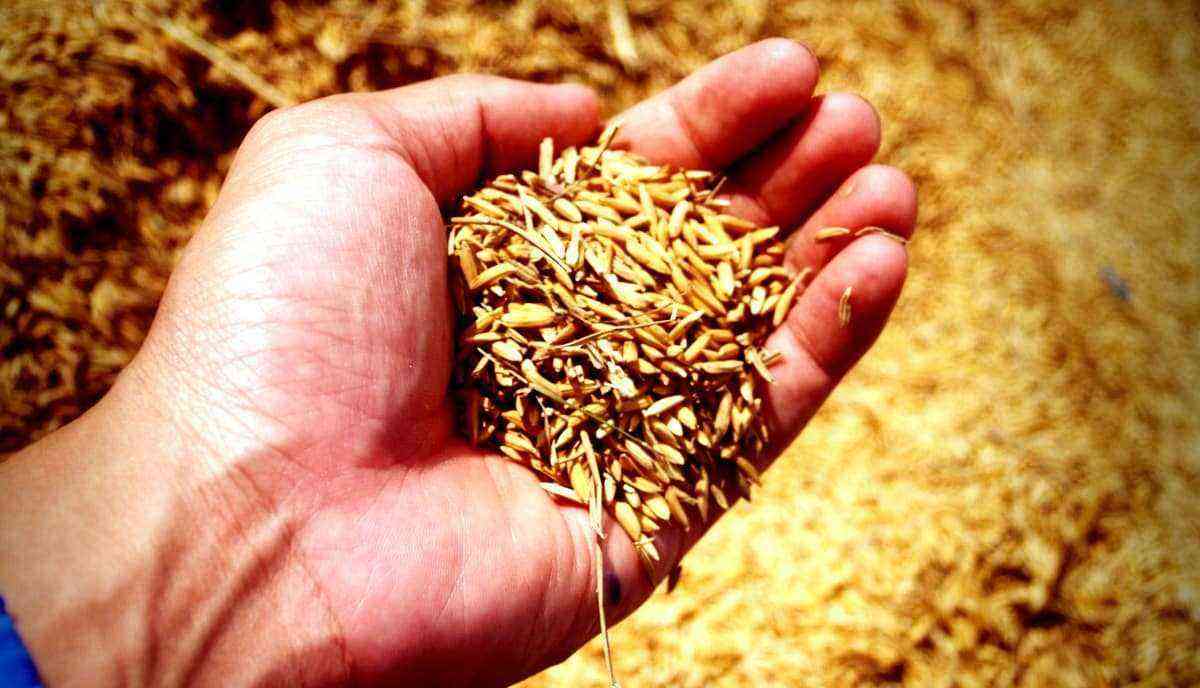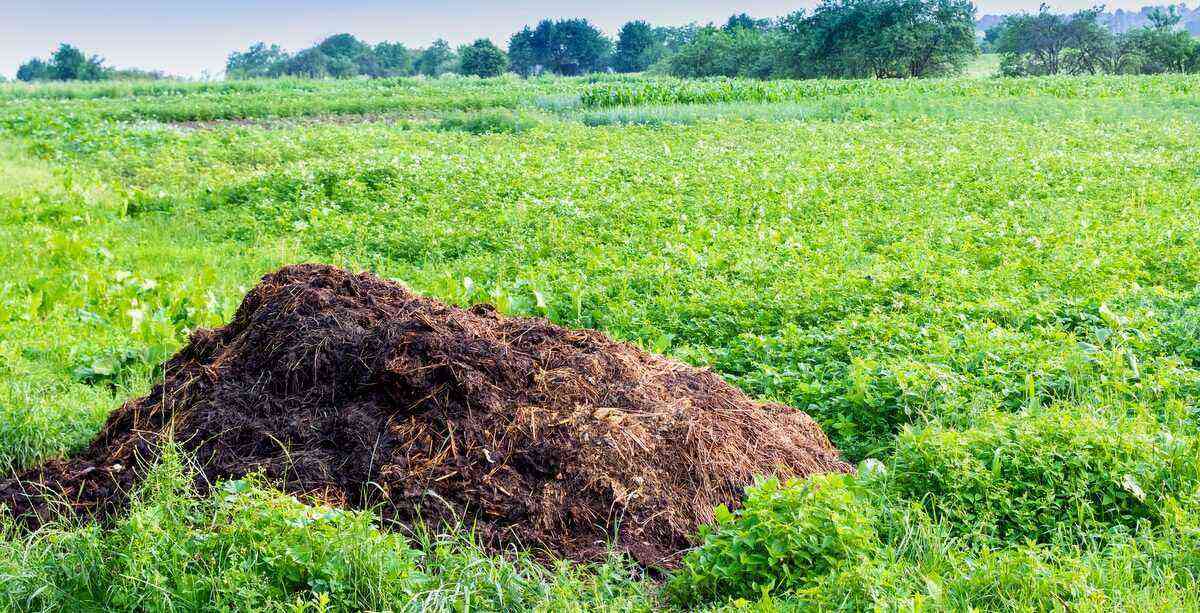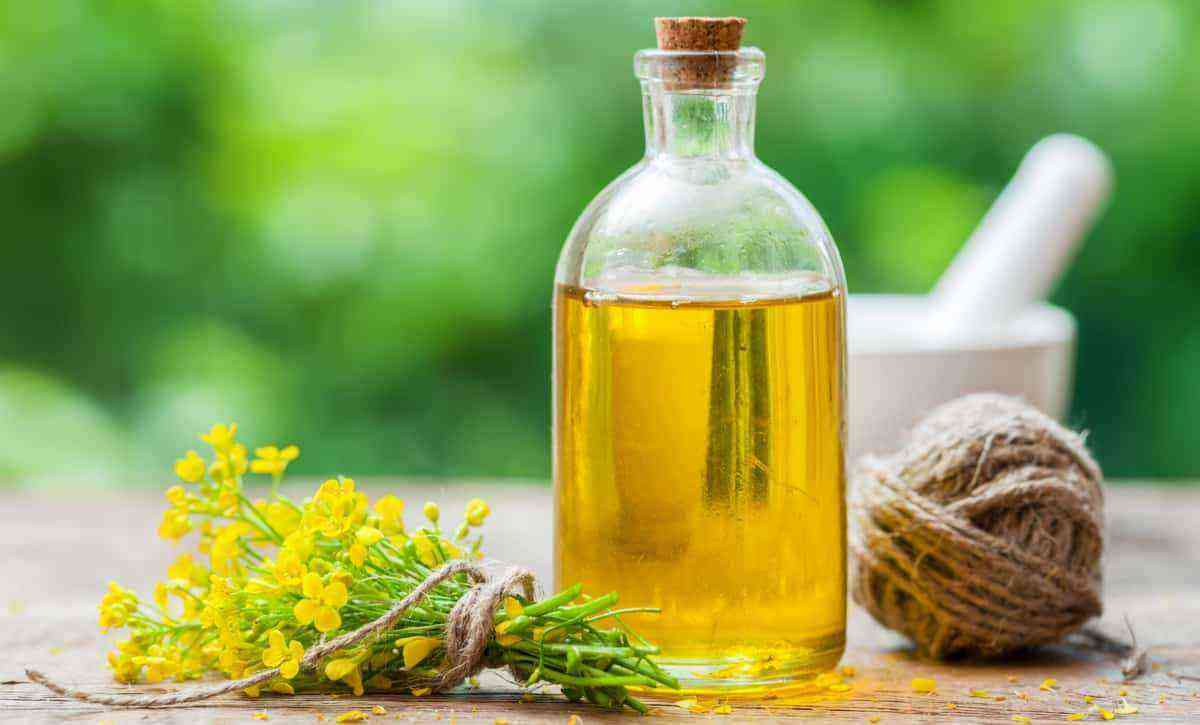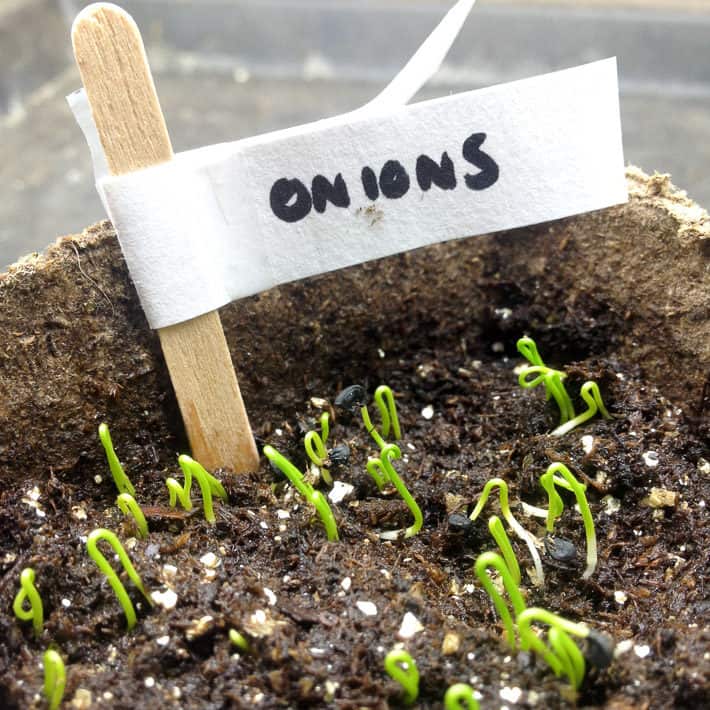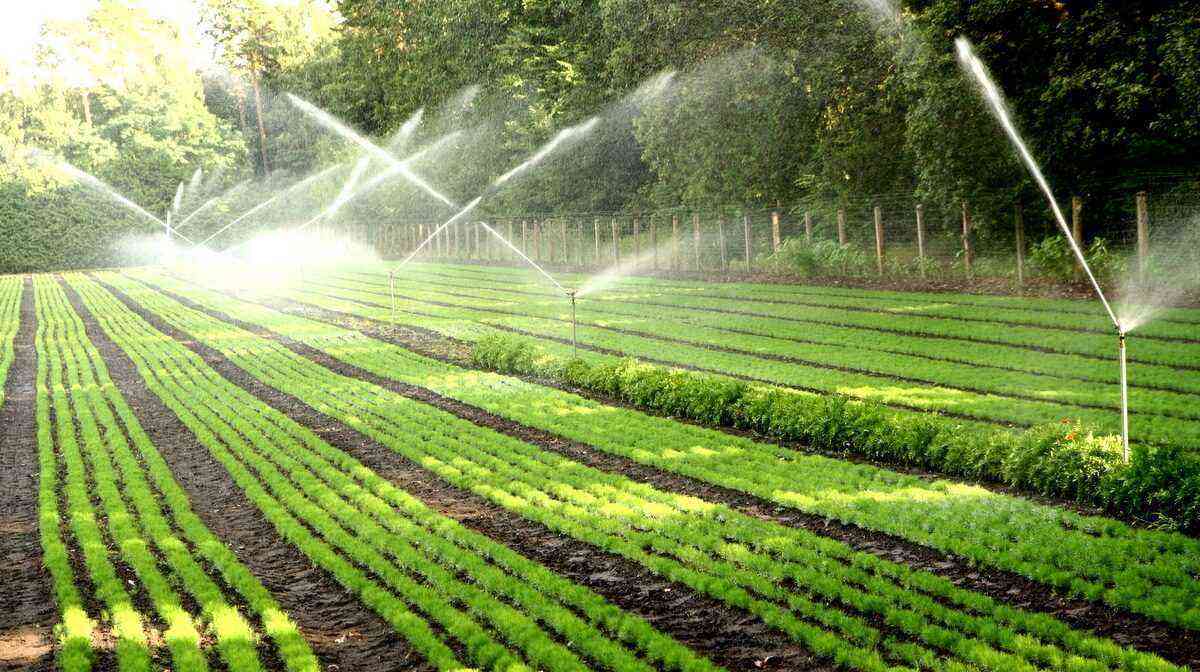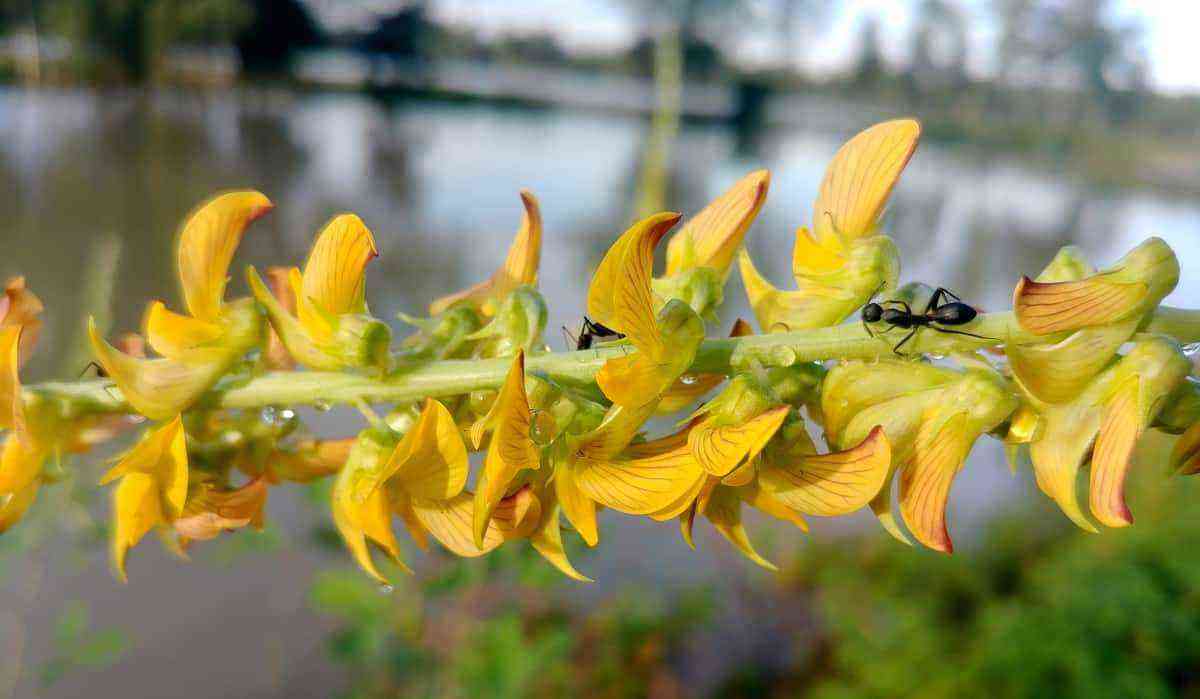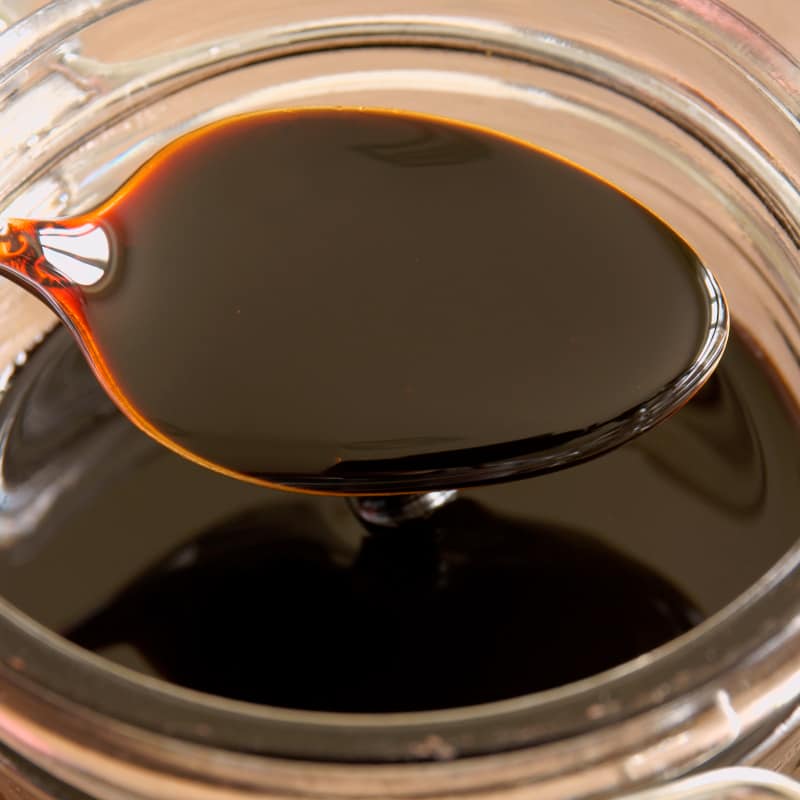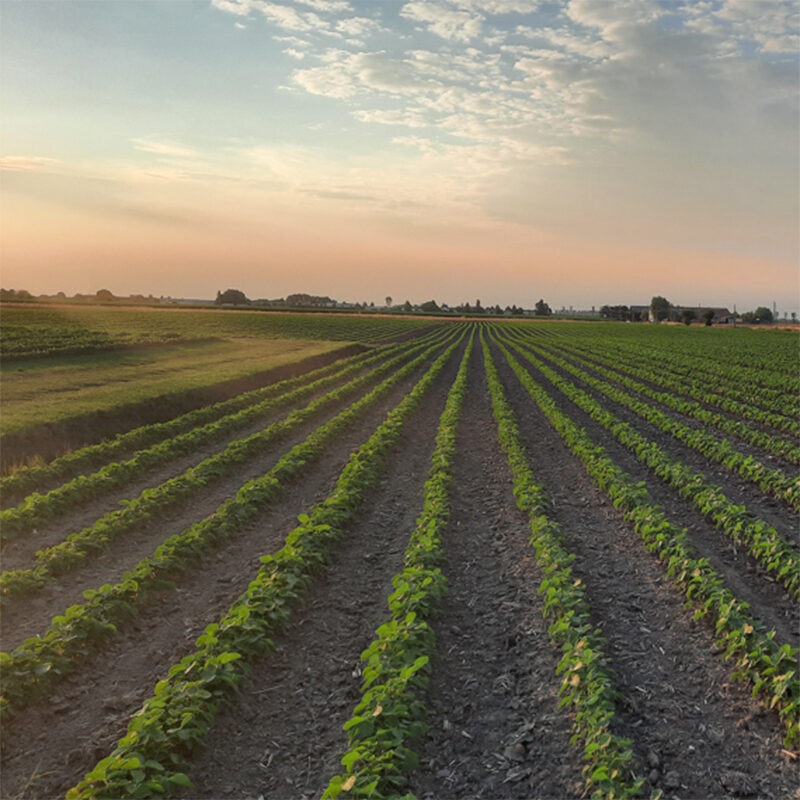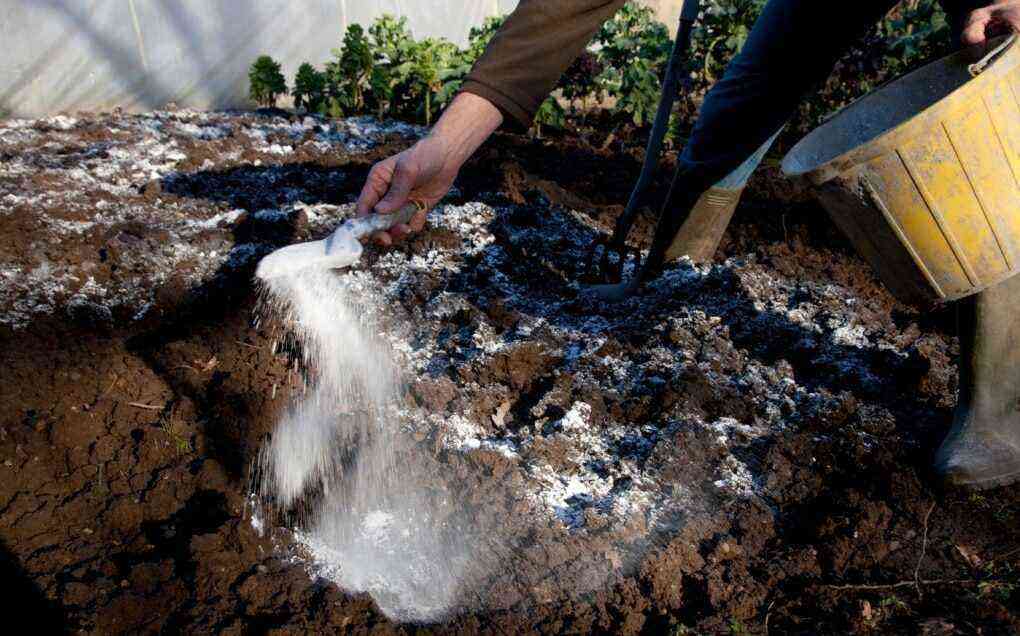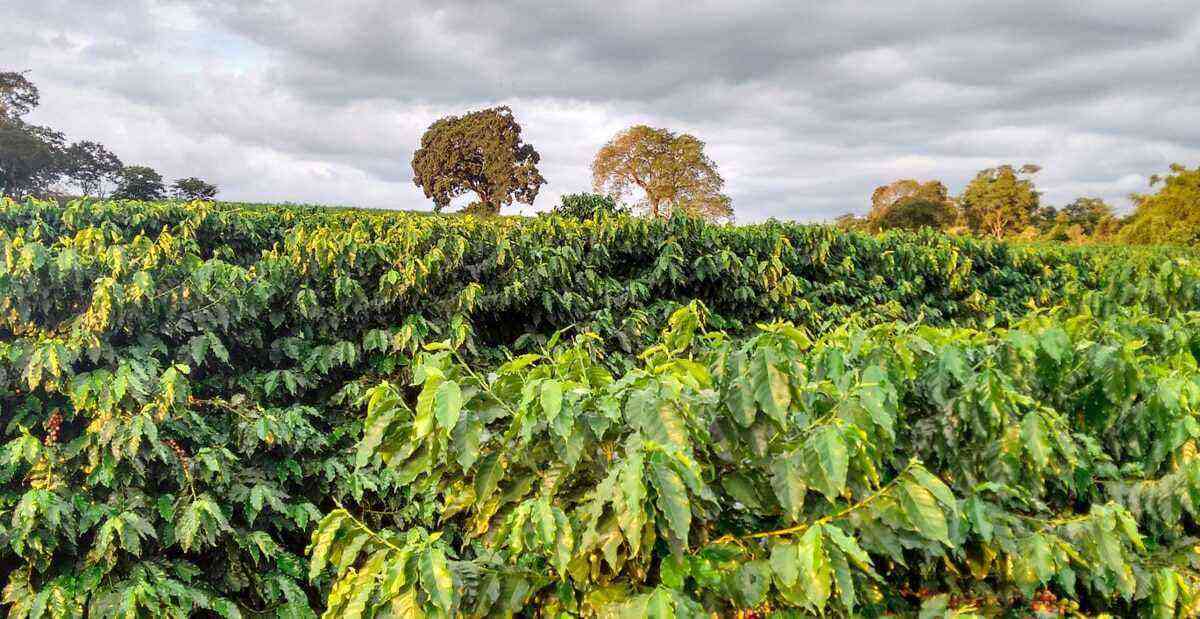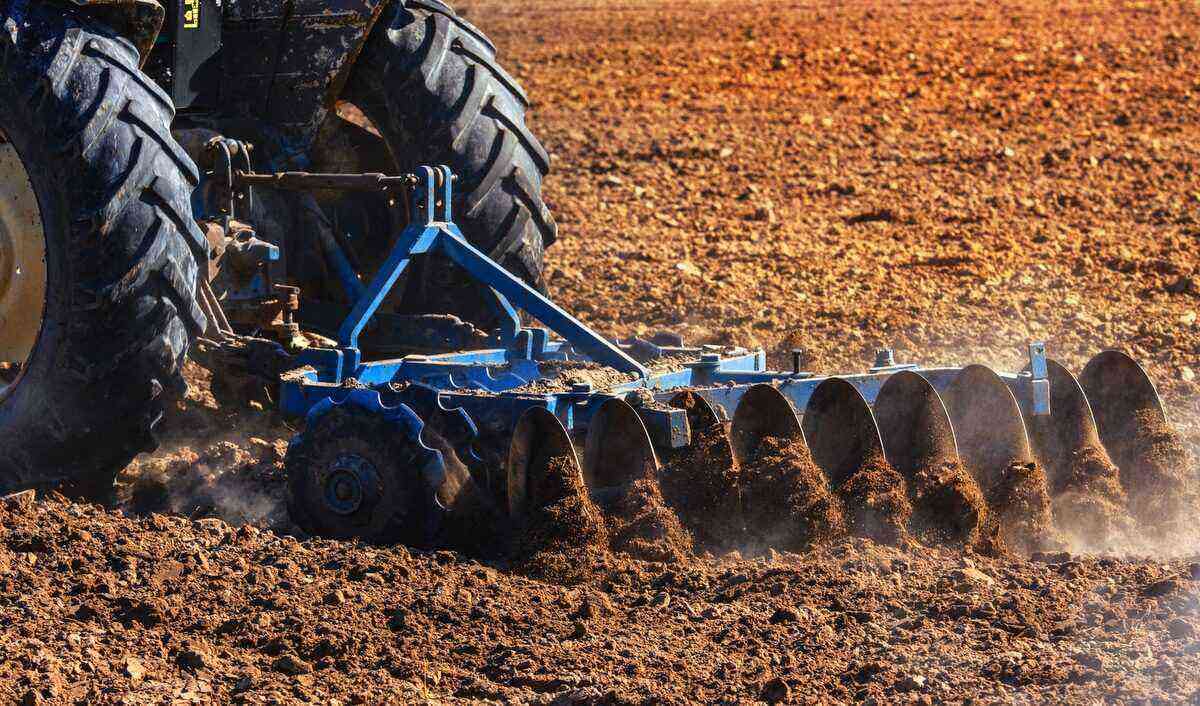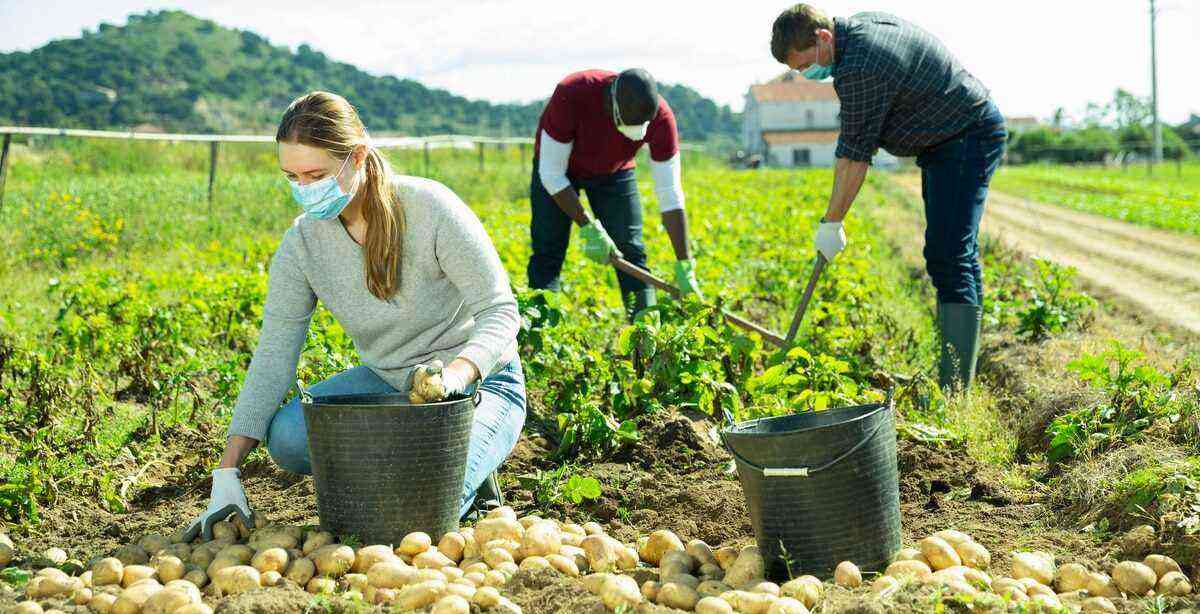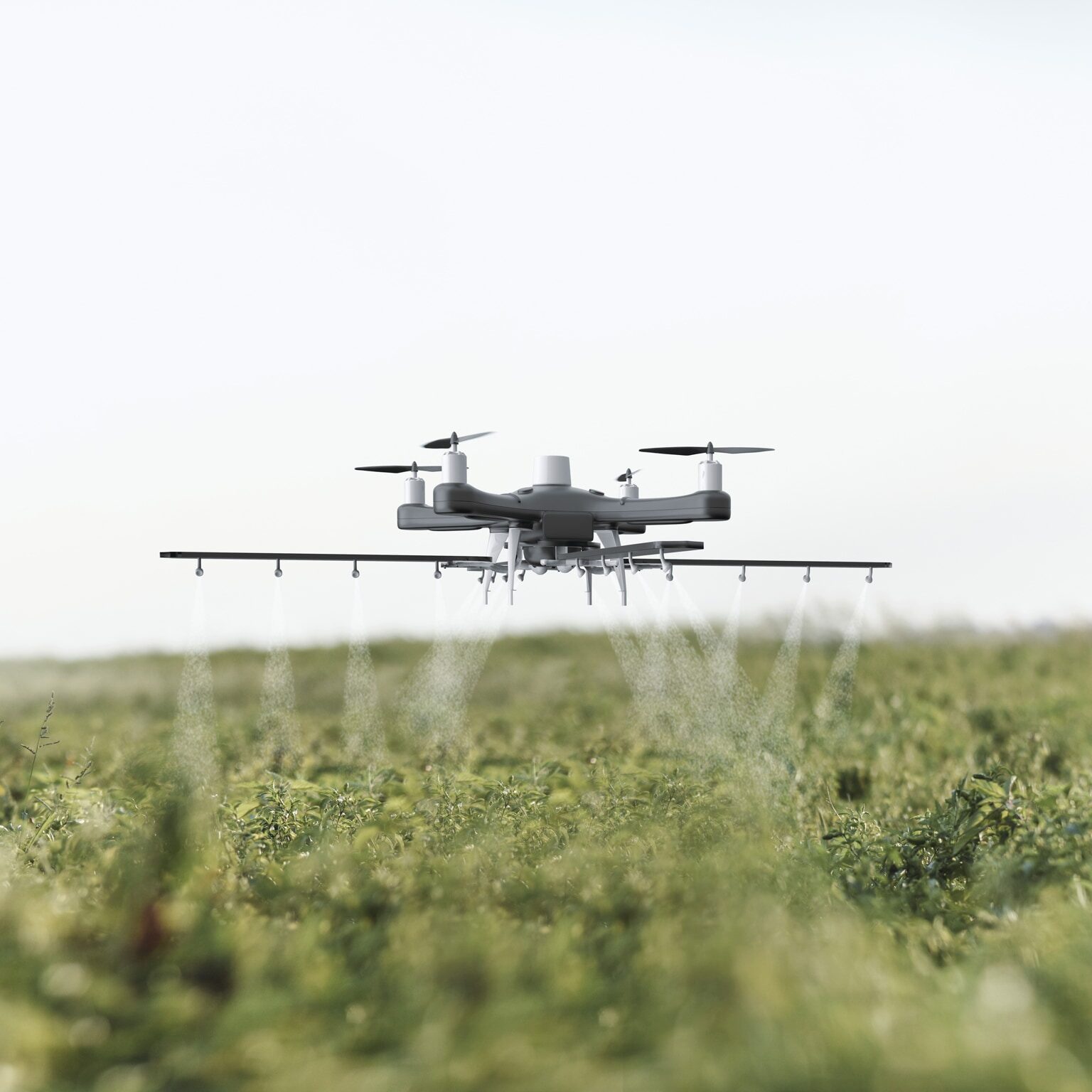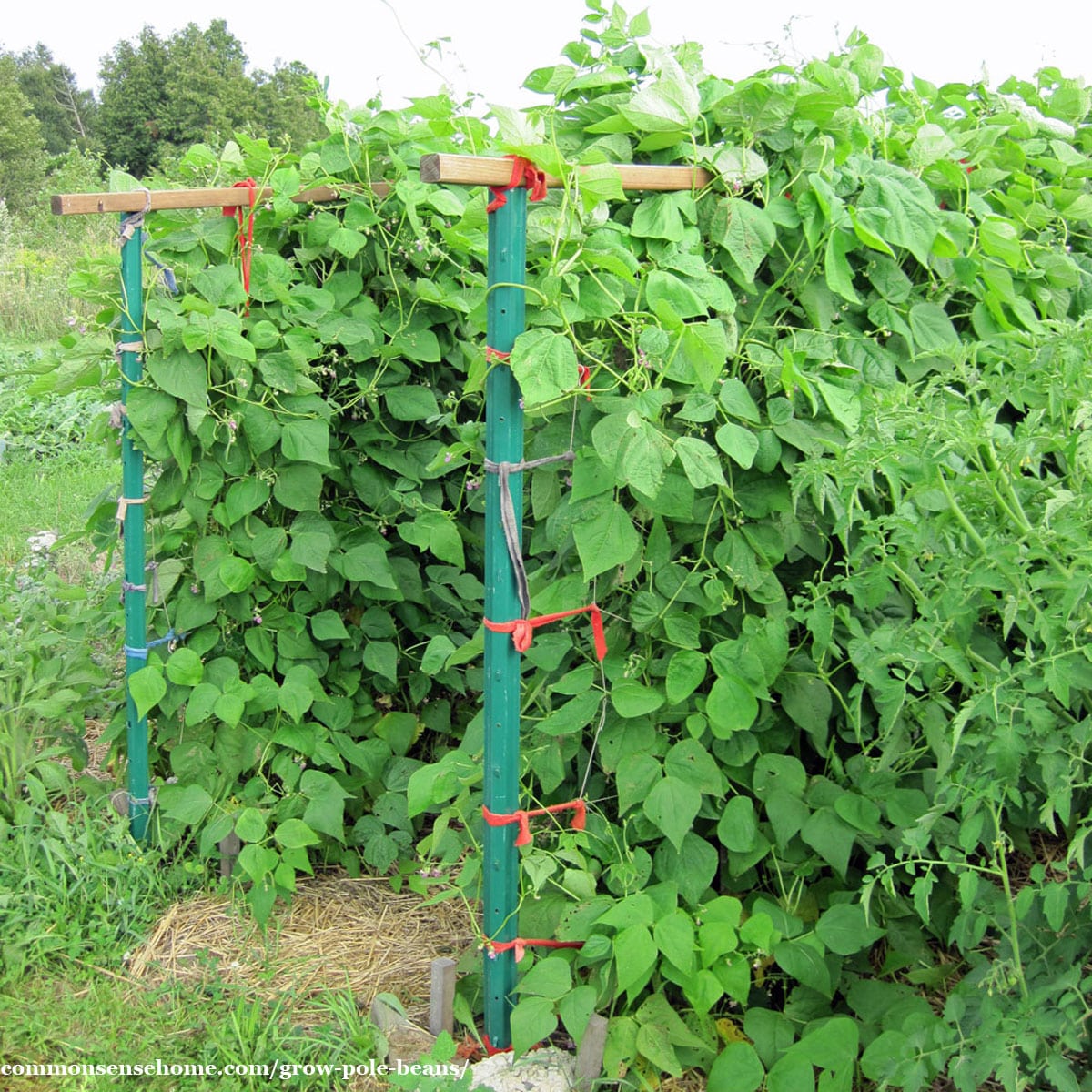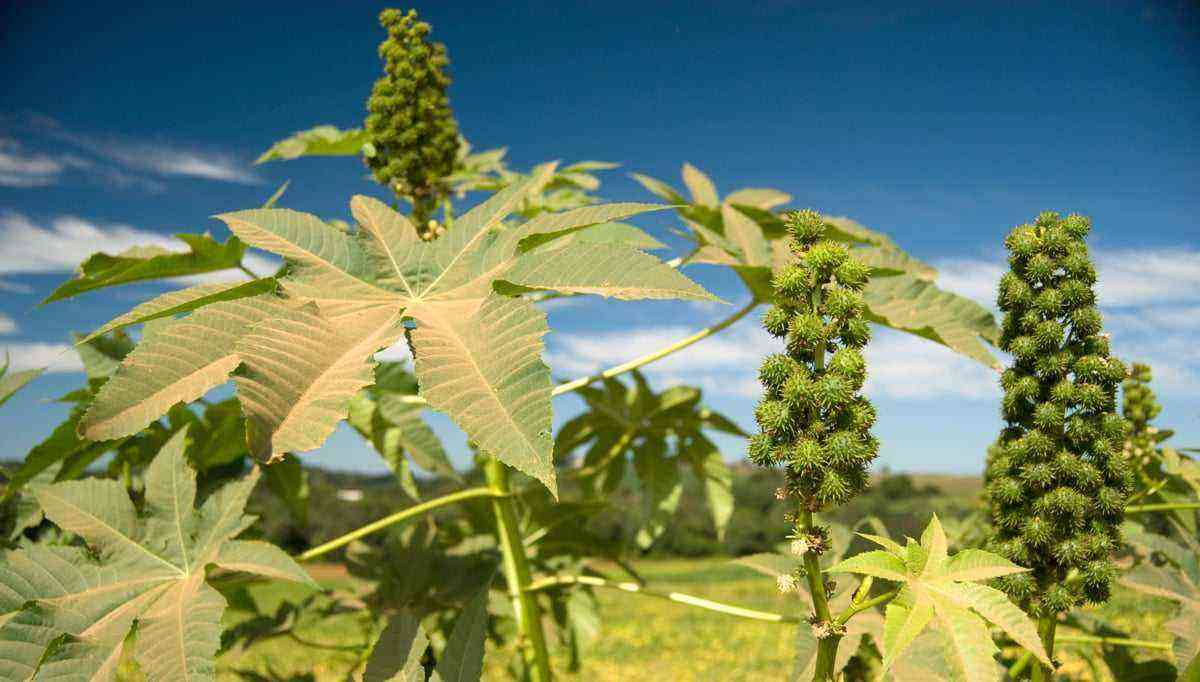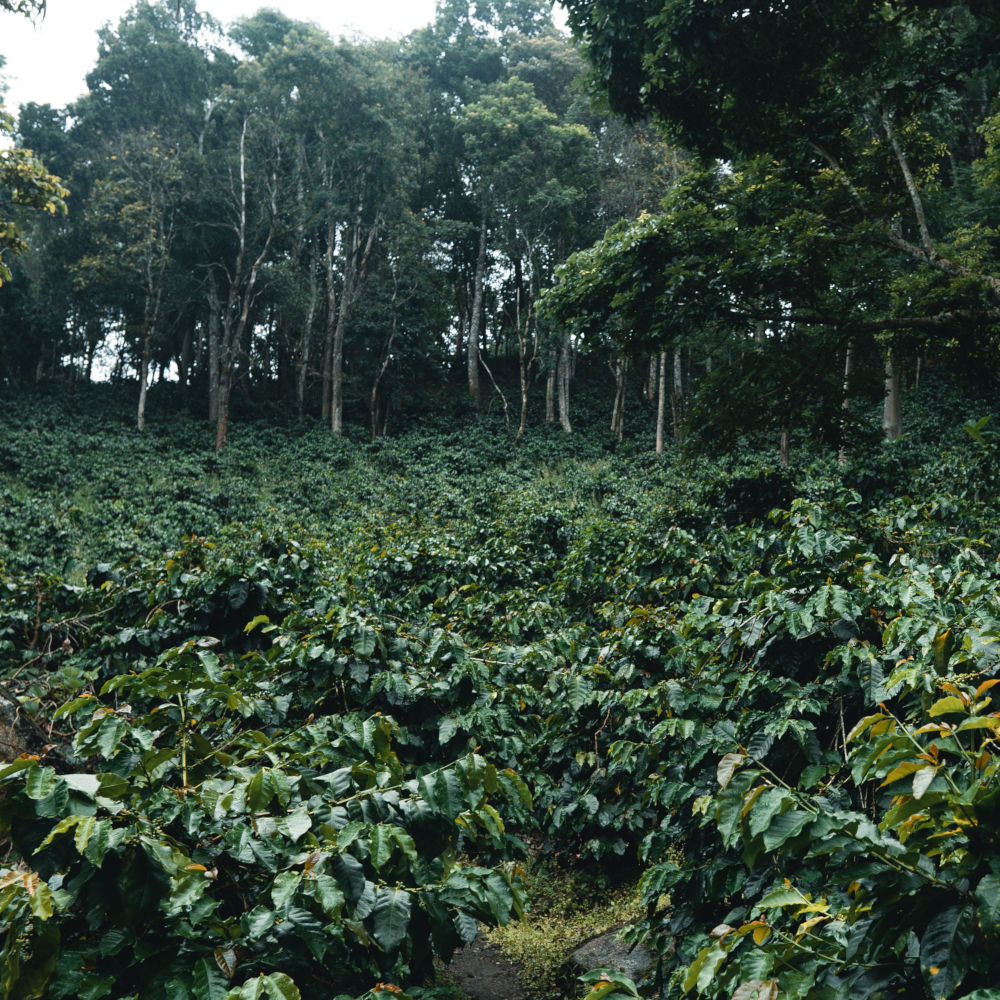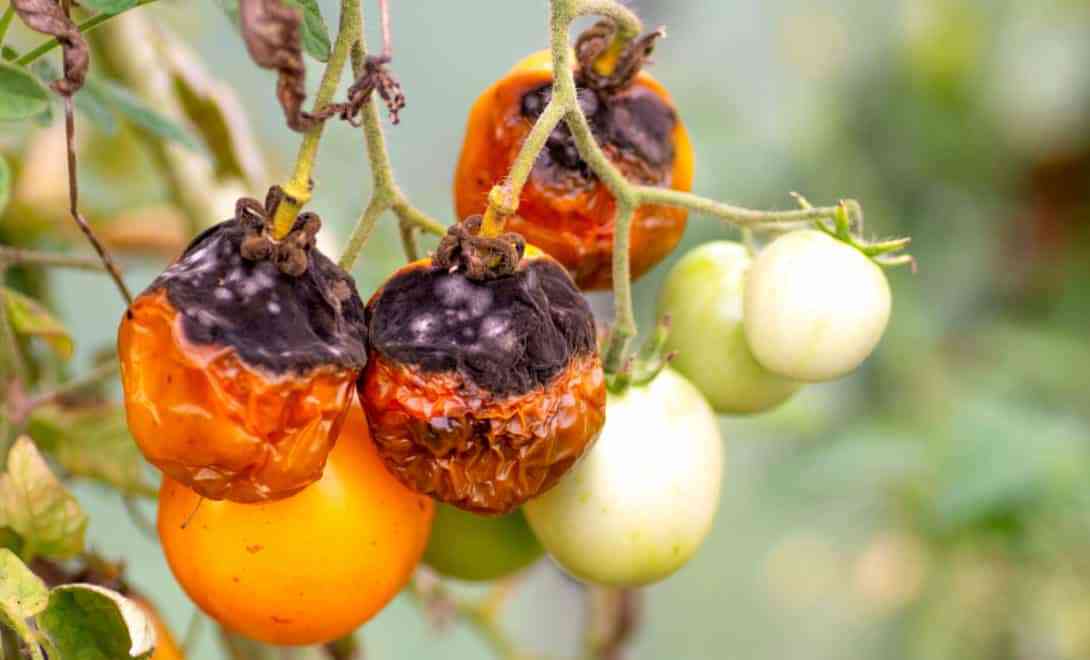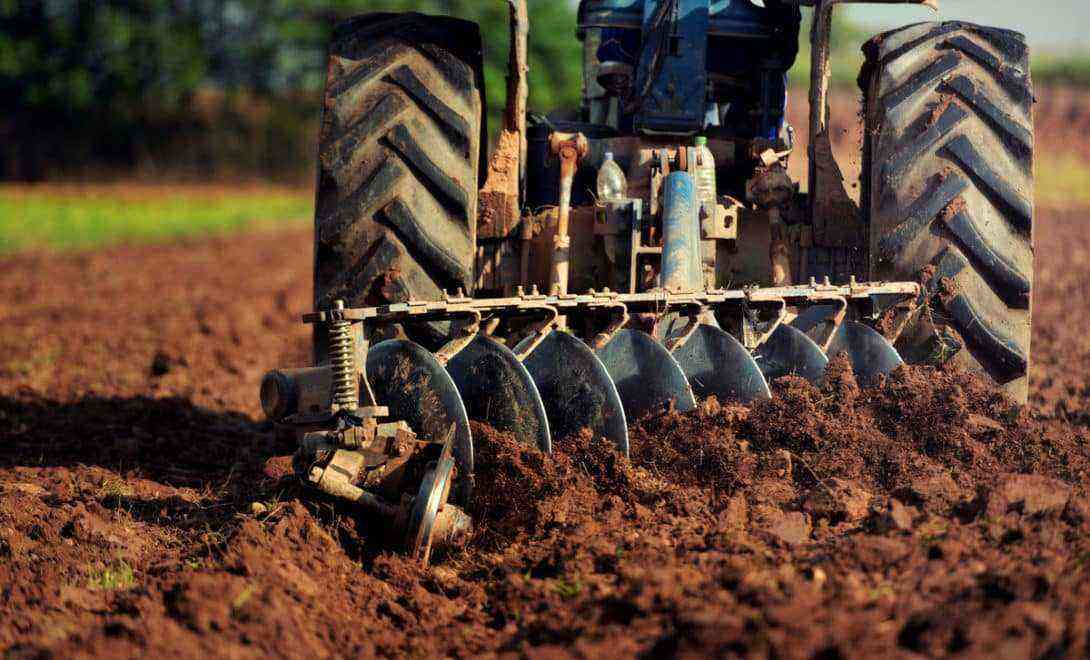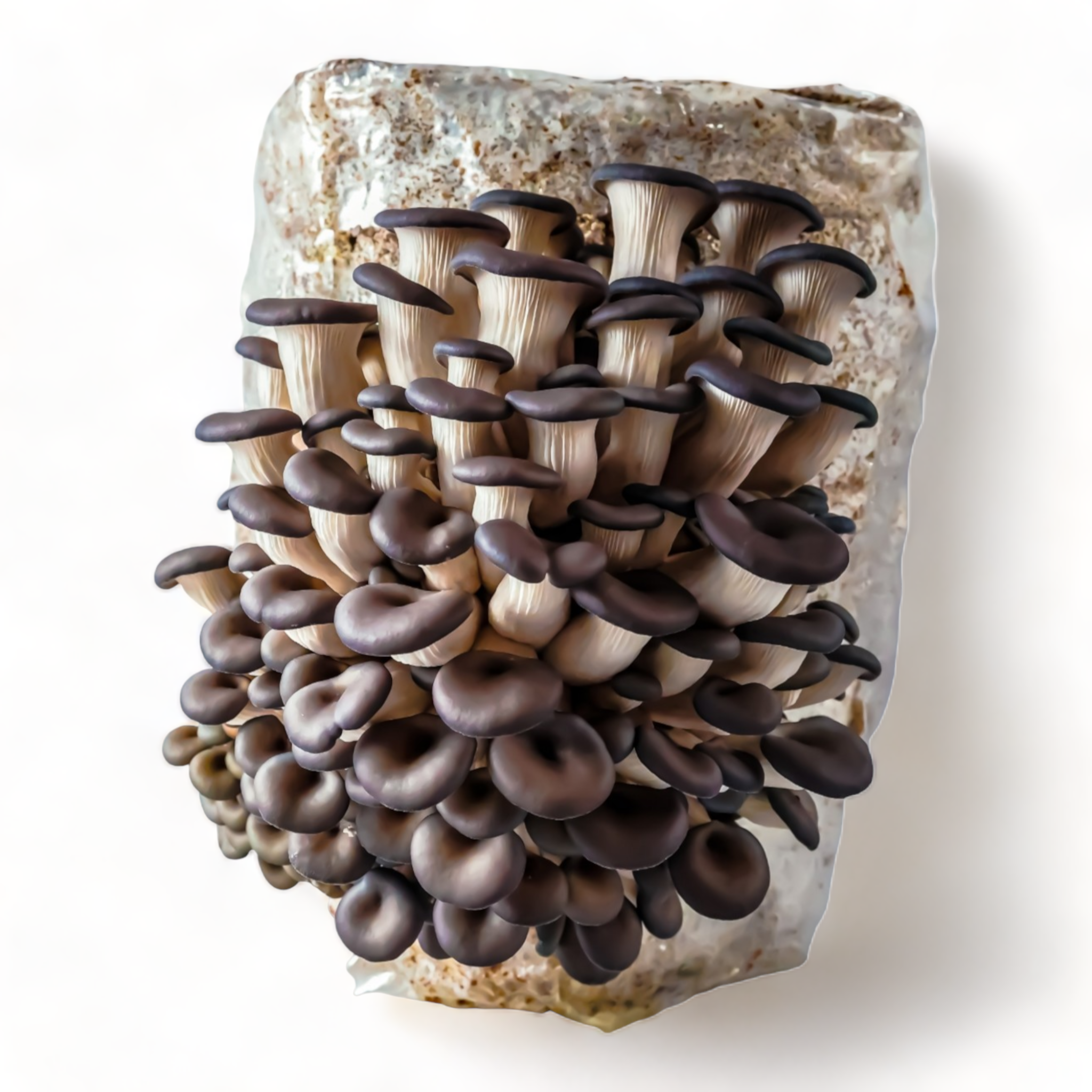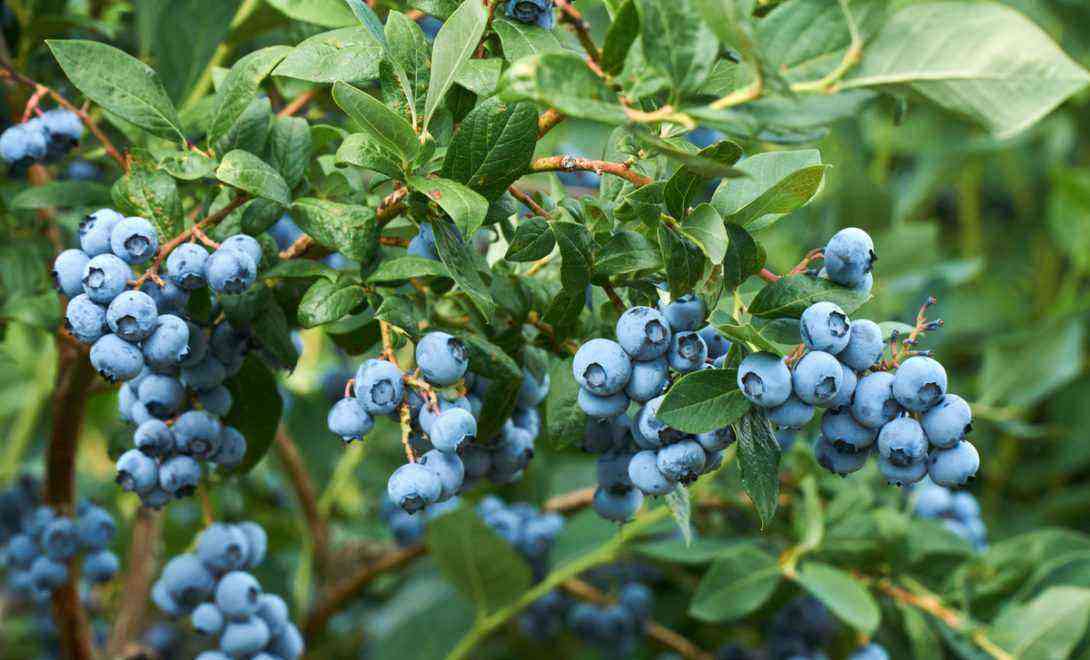With more than 250 varieties registered by Embrapa, cassava is now considered one of the options for farmers to increase their income, as it can be used both as food and in different segments.
Cassava, also known in Brazil as cassava, cassava and castelinha, is one of the most consumed foods in the world.
Because it is rustic, the root has a great ability to adapt to unfavorable conditions of climate and soil, especially in tropical regions.
Brazil is the fourth largest producer in the world, behind only Nigeria, Thailand and Indonesia.
The estimate of Brazilian production of cassava for this year is 19 million tons cultivated in an area of 1,36 million hectares, according to data from the IBGE (Brazilian Institute of Geography and Statistics).
The North region leads the production of cassava with 36,1% of the national harvest, followed by the Northeast (25,1%) and by the South region with 22,1%. The State of Pará is the largest national producer (about 20% of the total).

increase income
Cassava is a long-cycle plant, that is, the harvest can be carried out from the eighth month of production (early variety) or last up to two years (late varieties), especially wild cassava, when destined for industrial production.
For small farmers, planting in a consortium system may be an option, but if the scale is commercial, the risk of falling productivity must be taken into account, as experts warn.
Among the rows of cassava, the farmer can plant foods such as Vigna beans (also known as “string bean”) which has an early cycle, around 70 days; and also with corn (commonly used in Pará) and even peanuts.
In this way, the producer will be able to have an extra source of income in the same area before starting to harvest the root. Not to mention that it brings added value in production and an economic alternative for the family.
how to plant
Cassava is a root that requires temperatures above 18°C for it to develop perfectly.
The farmer must also be aware of the weather. It must also be humid for planting, in addition to good light. Depending on the region, it can be planted throughout the year, benefiting farmers across the country.
Even in poorly fertile soils, cassava manages to develop, and the only requirement for cultivation is that it be drained, avoiding clayey and compacted areas because they do not help in the growth of its roots.
To start planting, use the branches or cuttings (pieces of stem from healthy adult plants), cut into pieces 15 to 25 cm long and 2,5 cm in diameter. Then, just dig holes 5 to 10 centimeters deep.
To plant the branches or cuttings must be cut in size from 15 to 25 cm
Farmers must be aware of long periods of drought because they cannot withstand long periods without water and lose this important source of income.
Cassava in food
Elected by the UN (United Nations) as a food of the 21st century, cassava has great versatility, being sovereign in Brazilian cuisine, passing through delicious stews and being an ingredient in several recipes.
The most popular derivative is flour, used in the manufacture of various foods, such as tapioca, a very common delicacy in the Northeast and North, but which is slowly becoming popular throughout Brazil.
After being peeled, peeled, left to soak and squeezed, being used in the recipe for pasta, cakes and more recently for drumsticks.
Another income option for the farmer is the manufacture of polvilho (decantation of cassava which then goes through a fermentation stage) and also of sago, through starch (these are starch balls that when moistened become gelatinous and are usually added with wine. , cloves and sugar to create a much appreciated sweet).
There are several by-products made from cassava and the main one is flour
industrial sector
The cassava agro-industrial system in Brazil has undergone many changes and developments in the last 10 years.
The introduction of new varieties guarantees greater resistance to diseases, good productivity and industrial yield. It is the technical effort for the benefit of the rural producer.
The presence of its by-products as raw material occurs in a series of industries, both food and non-food, opening a series of positive perspectives for the sector.
Starch is one of the most important products made from cassava, with multiple possible applications, mainly in the food sector, as an ingredient in sauces, soups, baby foods, puddings, ice cream, sausages, cheese breads and pasta in general.
Modified starch is used in the non-food industries, mainly in the manufacture of paper and cardboard.
But, it doesn’t stop there. Other studies have given a new function to cassava in the cosmetic industries, such as in makeup (an essential raw material that helps to fix colors and balance the oiliness of the skin) and also in shampoos, nourishing and reconstituting the strands without “weighing” the hair.
Therefore, cassava has “a thousand and one uses” and, for those who produce it, it can become a great source of income.
See also: Check the agricultural market quotes of the week
